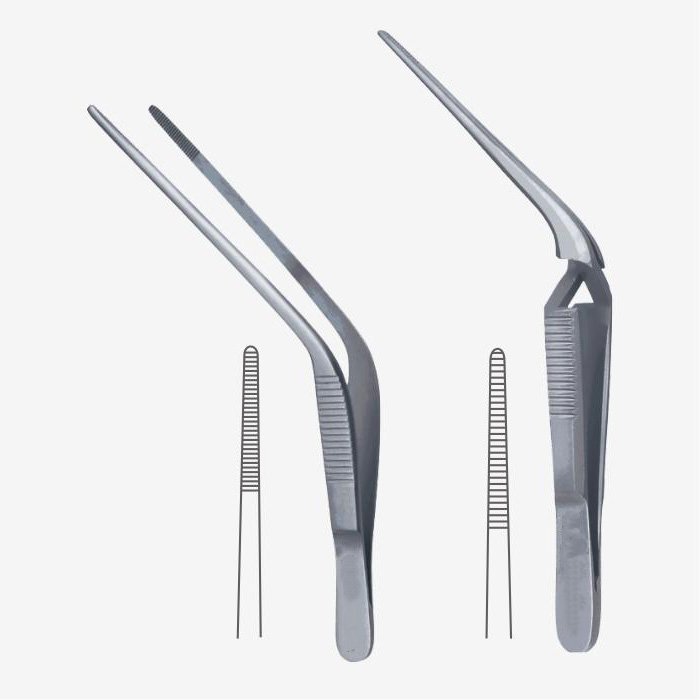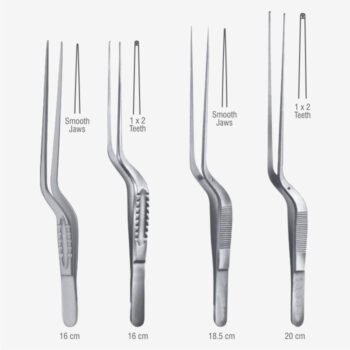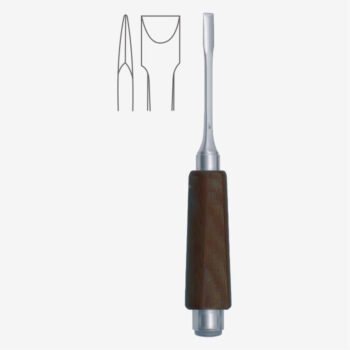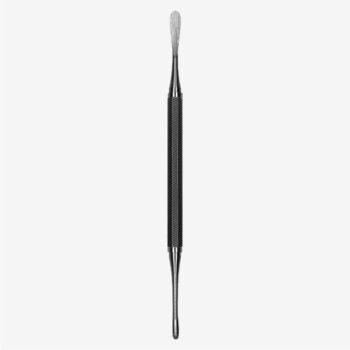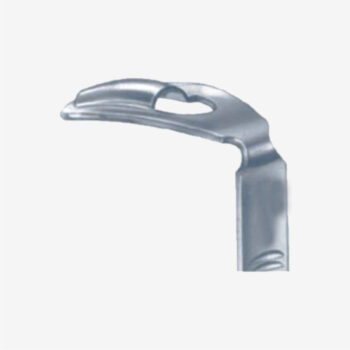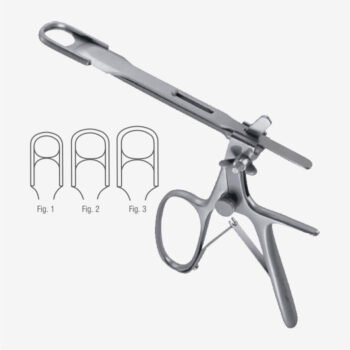Troeltsch Ear Forceps enable doctors to treat ear diseases. Doctors use the forceps to place drug packs in the ear canal. This is important to manage infections and relieve painful congestion.
For efficiency, the flat handles allow fast grip-and-release functions. Also, we designed a wide angle between the handles and the jaws to give a clear field of vision.
Furthermore, we added outer serrations on the handles to prevent slips and slides. On the other hand, the inner serrations of the jaws ensure confident grasps on smooth surfaces.
This Troeltsch Ear Forceps is 11 cm long. Forceps that are 12.5 cm long are also available, as well as Troeltsch forceps with teeth.
Instruments manufacture ear forceps from premium quality stainless steel that grants a reliable, long-lasting service.
| Specialty |
ENT |
|---|---|
| Author Name |
Troeltsch (Wilde) |
| Sub-Category |
Ear Forceps |
| Category |
Forceps |
| Handle Type |
Spring Handle |
| Finish |
Satin |
| Material |
Stainless Steel |
| CE Marking |
Yes |
| Reusable |
Yes |
| Used in Specialties: | ENT, |
|---|---|
| Product Category: | Forceps, |
| Product Type: | Ear Forceps, |
